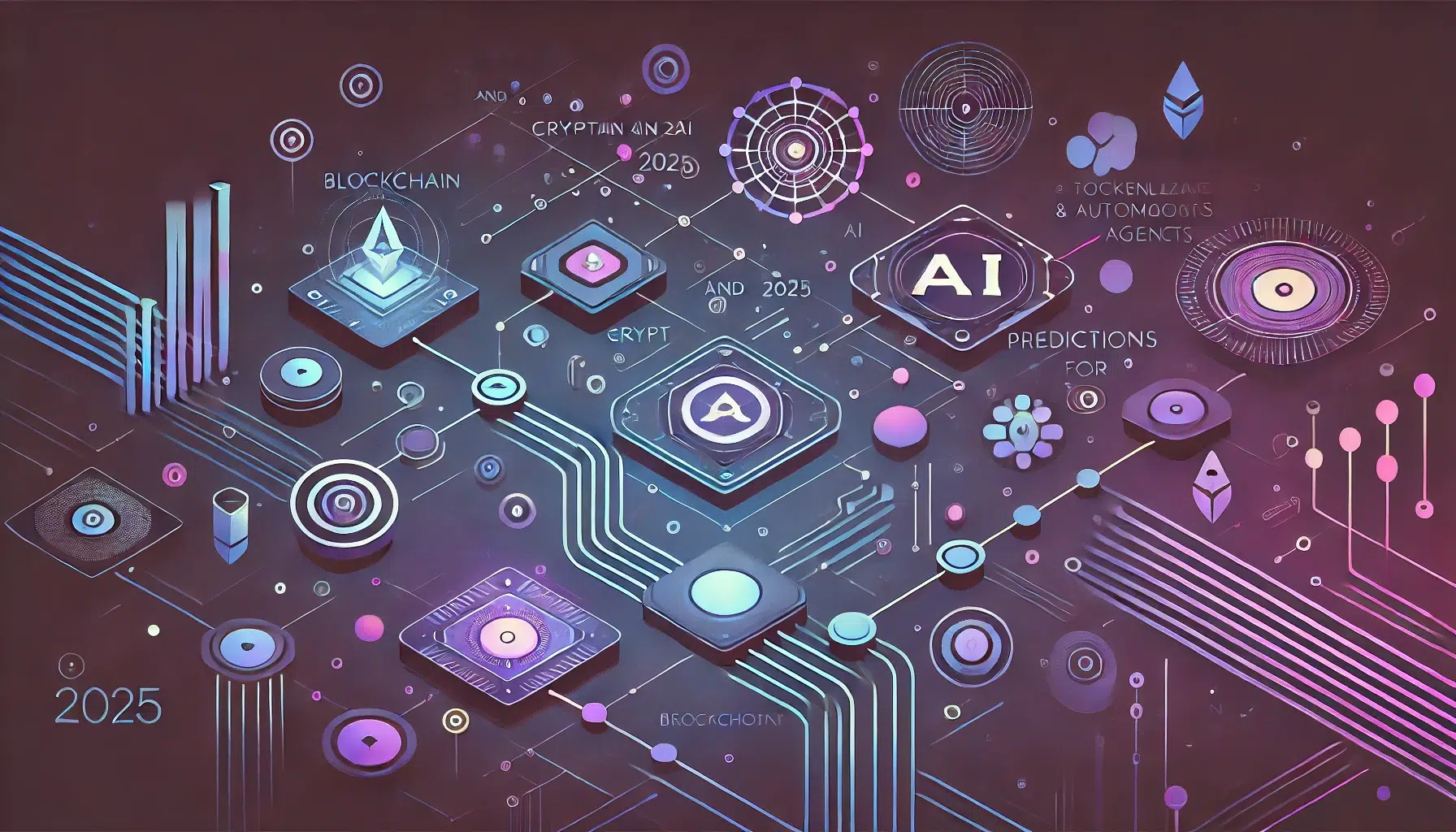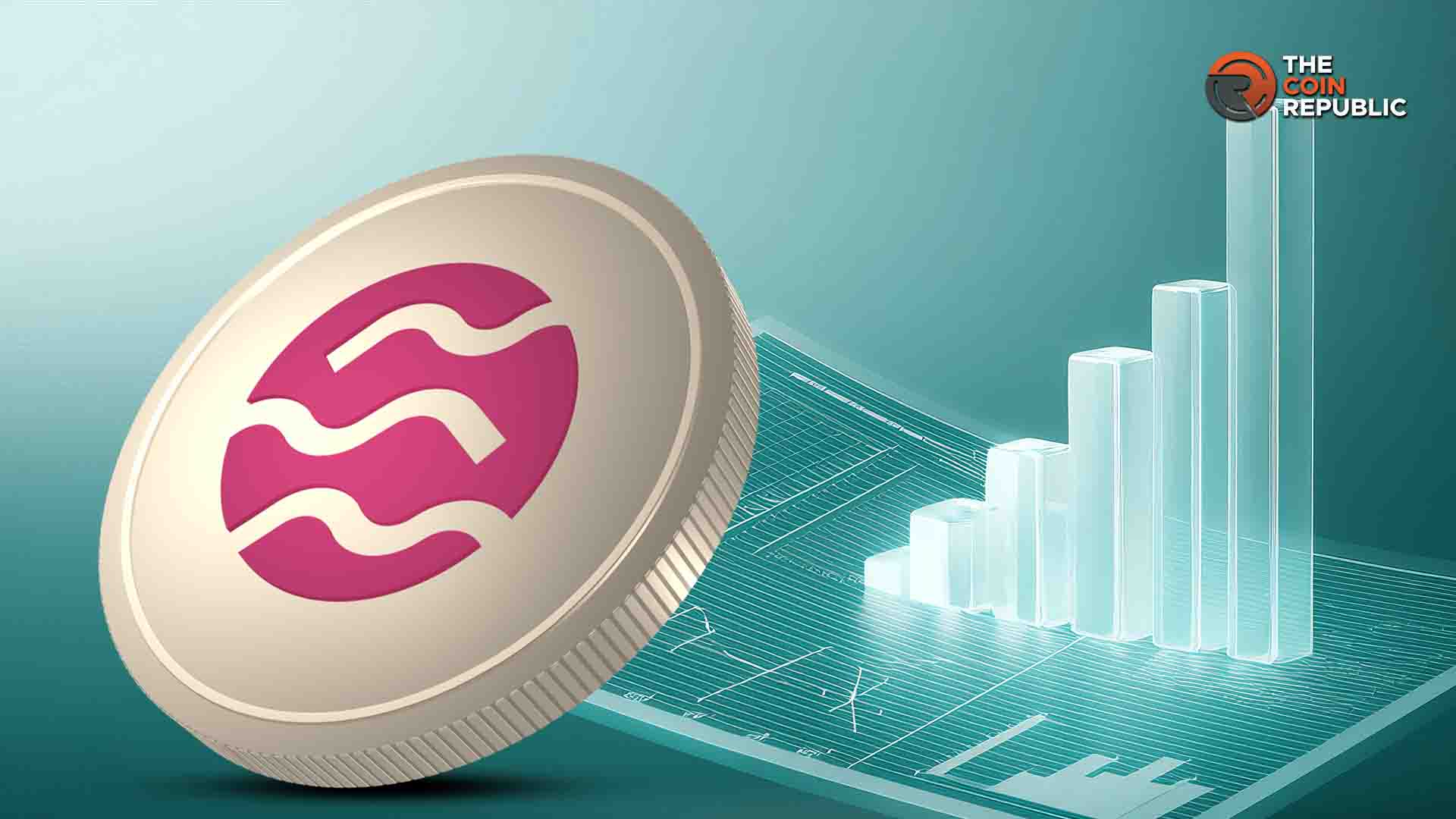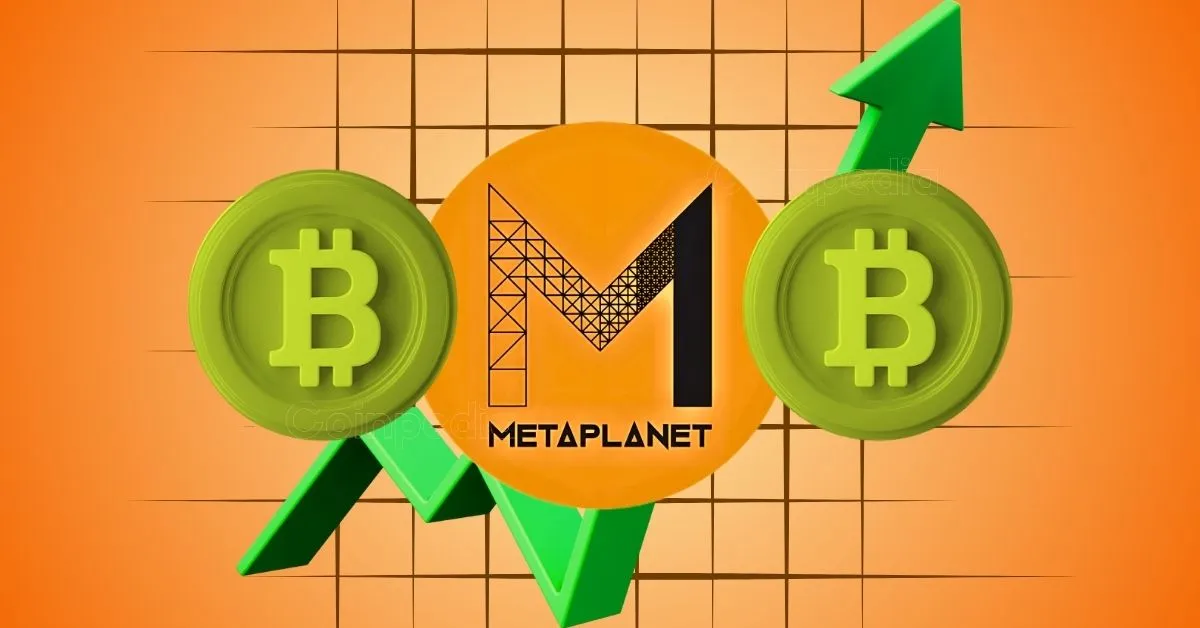 CaryptosHeadlines Media Has Launched Its Native Token CHT.
Airdrop Is Live For Everyone, Claim Instant 5000 CHT Tokens Worth Of $50 USDT.
Join the Airdrop at the official website,
CryptosHeadlinesToken.com
CaryptosHeadlines Media Has Launched Its Native Token CHT.
Airdrop Is Live For Everyone, Claim Instant 5000 CHT Tokens Worth Of $50 USDT.
Join the Airdrop at the official website,
CryptosHeadlinesToken.com
- Blockchain adoption is shifting from Layer 1 versus Layer 2 debates to consolidation, prioritizing niche markets and unique functionalities.
- AI automation in software development will accelerate decentralized application growth, lowering barriers to innovation and blockchain infrastructure expansion.
- Stablecoin usage will rise beyond trading, with small businesses integrating digital dollars and banks preparing institutional stablecoin offerings.
The distinction between Layer 1 (L1) and Layer 2 (L2) blockchains is becoming increasingly irrelevant. Users no longer perceive clear differences, and network adoption is shifting toward those that establish strong market positioning rather than pure technical superiority.
This consolidation trend is expected to intensify, favoring ecosystems that successfully integrate unique functionalities and user retention strategies.
Ethereum’s EVM-based networks are projected to expand despite competition from Solana Virtual Machine (SVM) and Move-based blockchains. The growing dominance of Base, Monad, and Berachain will be driven by the vast repository of battle-tested cryptographic contracts and machine learning models that optimize Solidity-based application development.
In terms of performance, low-latency execution is becoming a major factor. The focus is shifting from transactions per second (TPS) to latency optimization, with solutions like Double Zero and MegaETH pushing blockchain infrastructure closer to real-time responsiveness.
This will encourage wider adoption of pre-confirmations, progressive security measures, and web2-like user experiences.
Token Launch Trends: Moving Beyond Airdrops
The era of large-scale airdrop-based token distributions is waning, replaced by a two-track approach:
- Protocols with clear metrics (such as exchanges and lending platforms) will continue distributing tokens via points-based systems, considering them an incentive for real users rather than mere speculative farming.
- Layer 1 and Layer 2 projects will pivot toward crowdsales and community fundraising, reducing the reliance on vanity-driven airdrops that often lead to token concentration in the hands of industrialized farming operations.
Additionally, AI-focused tokens are expected to replace memecoins, reflecting a shift from speculative gambling toward speculative optimism around AI-driven automation.
Stablecoins and Institutional Adoption
Stablecoin adoption is set to expand beyond trading and speculation, with small and medium-sized businesses (SMBs) integrating digital dollar settlements into their operations.
The trend has caught the attention of traditional banks, which are likely to issue their own stablecoins by late 2025. Despite increasing competition, Tether (USDT) is expected to maintain its market leadership due to its established network effects.
Furthermore, Ethena Labs is poised to absorb a larger share of capital inflows, particularly as U.S. Treasury yields decline in the coming year. This will make yield-bearing stablecoins more attractive, further accelerating the transition to blockchain-based financial systems.
Regulatory Shifts and the Trump Administration’s Impact
In the U.S., stablecoin legislation is expected to pass, while broader regulatory frameworks like FIT21 will likely face delays. The result will be accelerated stablecoin adoption, but slower institutional integration of digital assets in traditional finance.
A potential Trump administration could introduce a temporary regulatory easing, encouraging Fortune 100 companies to experiment with blockchain-based consumer products. This window of uncertainty could drive rapid expansion of crypto integrations in Web2 platforms, with companies leveraging the absence of immediate enforcement clarity.
AI Agents: The Rise and Fall of Autonomous Bots
The AI agent trend will dominate discussions in 2025 but is not expected to be a long-term disruption. While AI-powered chatbots with embedded cryptocurrencies will remain popular, their influence may wane due to limited true autonomy and growing user fatigue.
Some key projections include:
- AI influencers replacing human content creators due to their efficiency and constant availability.
- AI-driven data aggregation platforms like AixBT refining their accuracy, but user novelty wearing off.
- A rise in AI-powered scams, mirroring past trends in ransomware and cryptojacking.
Ultimately, AI’s biggest impact on crypto will not be in chatbots or trading bots, but in software engineering automation. The ability to drastically reduce the cost of blockchain development will enable a surge in decentralized applications, making self-funded projects more viable and accelerating ecosystem growth.
The Intersection of AI and Blockchain
Beyond AI’s influence on crypto, blockchain technology will also impact AI development. The most significant areas of convergence include:
- Stablecoins facilitating AI-to-AI payments, simplifying autonomous transaction settlements.
- Decentralized AI training and inference, reducing reliance on centralized cloud providers.
- AI-powered blockchain wallets, automating cross-chain interactions, optimizing gas fees, and preventing security exploits.
While these advancements are still in early stages, AI-integrated crypto solutions are expected to mature by 2026, potentially reshaping user experiences and market structures.













